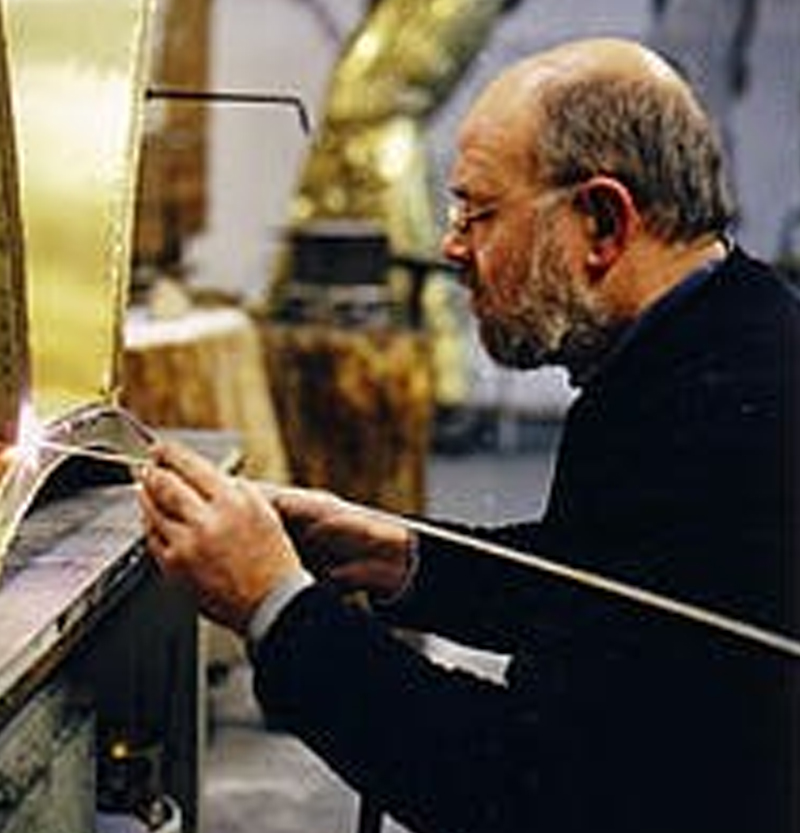
Born:
Born in 1955, Christian Nowaczyk was predominantly influenced by the 1970s. Conceptualism is often perceived as a response to Minimalism, and the dominant art movement of the 1970s, challenging the boundaries of art with its revolutionary features. The movements that ensued were all characteristic of a strong desire to evolve and strengthen the art world, in response to the tensions of the previous decade. Process art branched out from Conceptualism, highlighting some of its most essential aspects, but going further in creating mysterious and experimental artistic journeys, while Land Art brought creation to the outsides, initiating early ideas of environmentalism. In Germany, Expressive figure painting was given another chance for the first time since the decline of Abstract Expressionism almost twenty years ago, the genre reclaimed its distinction through the brushstrokes of Gerhard Richter, Anselm Kiefer and Georg Baselitz. Most of the critically acclaimed artists from the 1960s, who had gained success and fame, kept their status in the 1970s. Andy Warhol was a prominent figure of those two decades, and in the 1970s started to experiment with film and magazine publishing, thus engaging in a cross-platform activity that no other visual artist of such standard had previously undertaken. By doing so, he secured his status as a celebrity. The multicultural and sophisticated position that New York city held in the 1960s remained just as influential in the 1970s. With multiple global renowned artists gravitating the galleries and downtown scene, the city once again strengthened its reputation as the artistic heart of the generation. All over, numerous movements defined the 1970s. Amongst others, feminism and the new radical theories it entailed strongly influenced the visual culture. Photorealism, which had emerged in the 1960s, also received critical and commercial success. The critical, leading artistic pillars of New York city started to embrace painters and sculptors from Latin America. Street art started to appear as a true and accepted form of art towards the end of the 1970s. Jean-Michel Basquiat and Keith Haring were pioneers in proving that their artworks could exist at the same time in art galleries and in urban settings. Fuelled by graffiti art, street art from its earliest days proved that it could endure in a constant flux of self-transformation, endlessly shifting the boundaries of modern art, becoming a truly ground-breaking artistic genre. The Arte Povera movement, which emerged in Italy, received international distinction in the 1970s, and leading figures such as Jannis Kounnelis, Mario Merz, and Michelangelo Pistoletto were praised. The critically engaged Mono-Ha movement, comprised of Japanese and Korean artists, flourished in Tokyo in the 1970s. Rejecting conventional ideas of representation, the artists favoured an interpretation of the world through an engagement with materials and an examination of their properties. The artworks would often consist of encounters between natural and industrial materials such as stone, glass, cotton, sponge, wood, oil and water, mostly unaltered intact.
